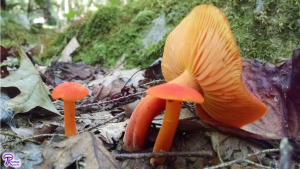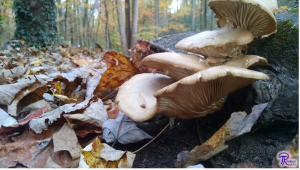#065: Trametes versicolor, The Turkey Tail
In honor of the recent Thanksgiving holiday, I chose to rework this post on the Turkey Tail. I will continue discussing mycotoxins next week. It is easy to see why Trametes versicolor is commonly called the “Turkey Tail”: the upper surface of the fan-shaped polypore sports rings of color that vary from gray to brown to reddish-orange. In fresh specimens, the edge of the mushroom is white, making it look remarkably like the displayed tail of a wild turkey. T. versicolor is a very common decomposer and produces mushrooms that are visible all year, so you can probably find it the next time you walk through the woods.

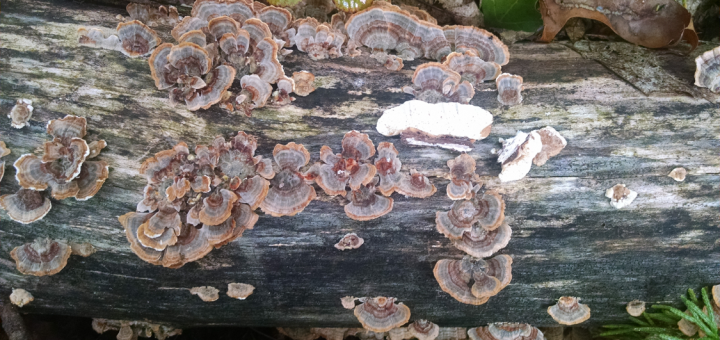
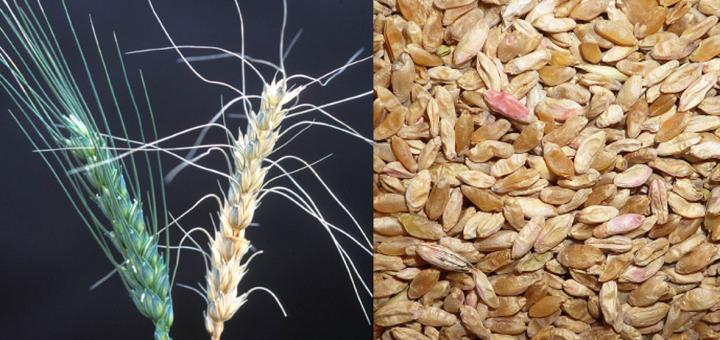
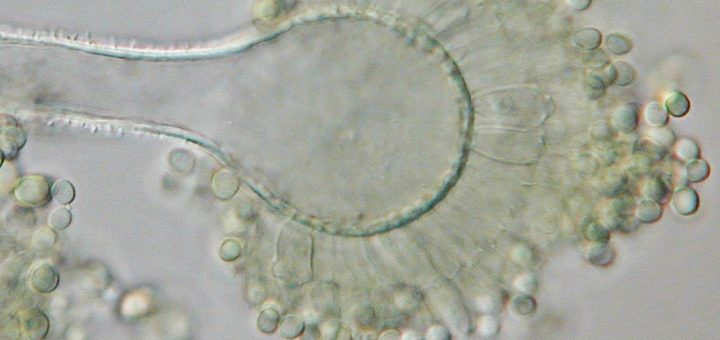
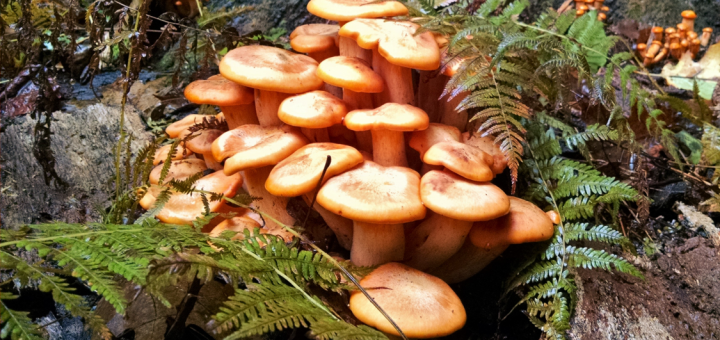
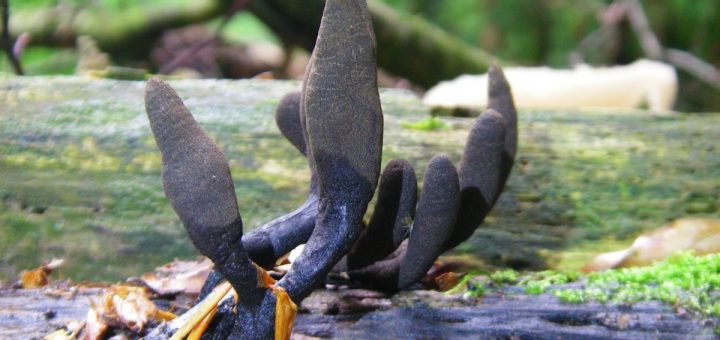
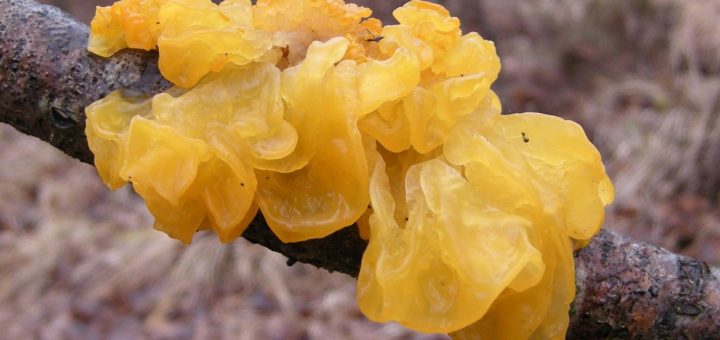
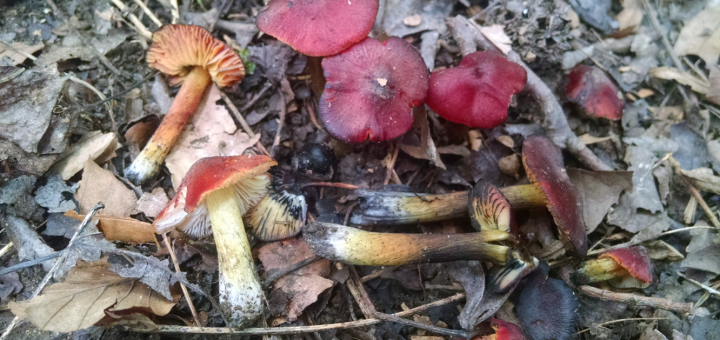
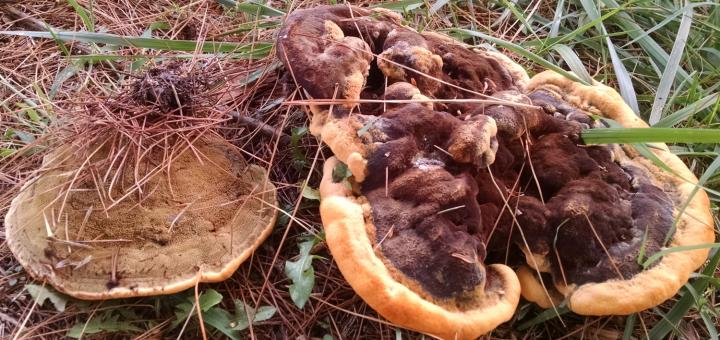

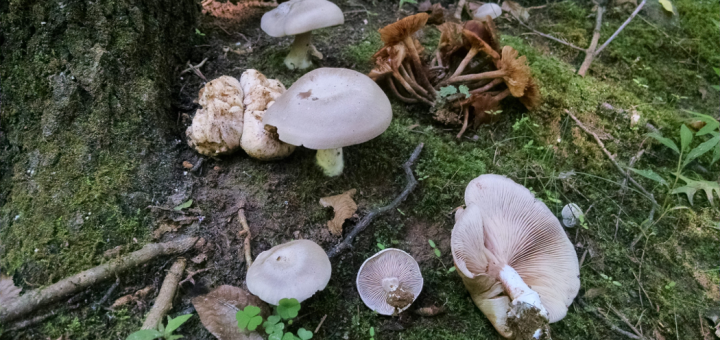





![#011: Characteristics of Kingdom Fungi [Archived]](https://www.fungusfactfriday.com/wp-content/themes/hueman/assets/front/img/thumb-small-empty.png)

